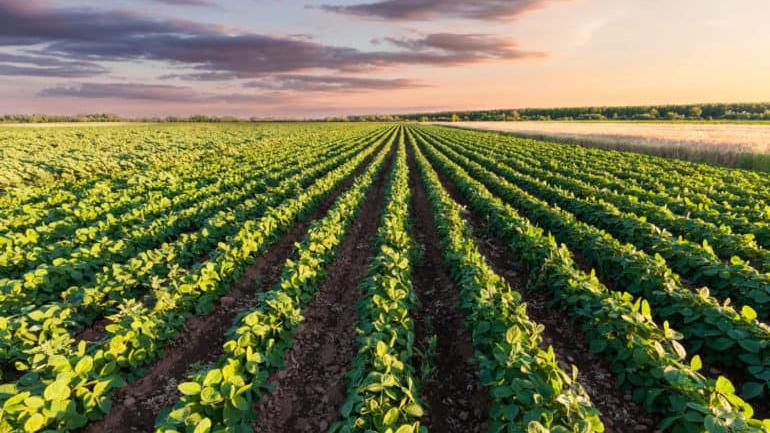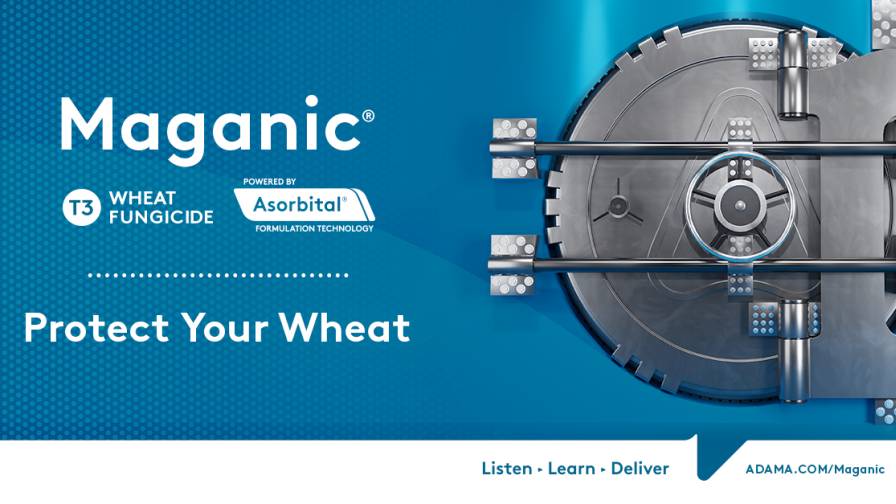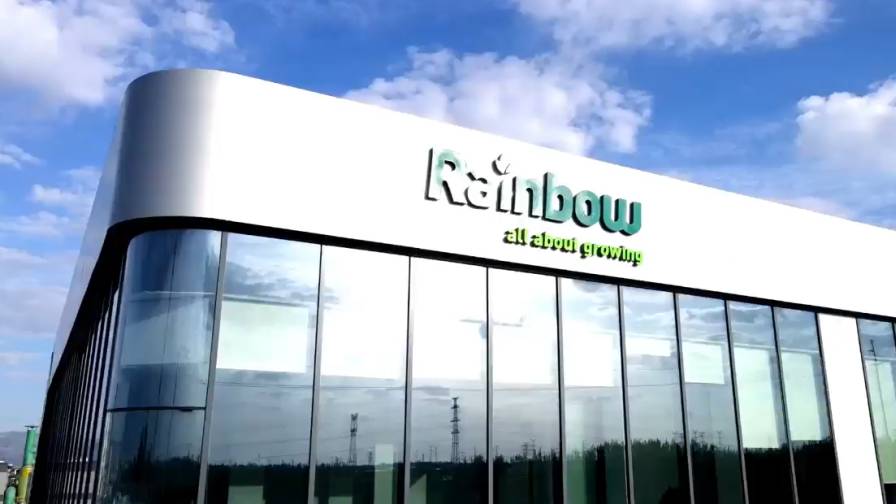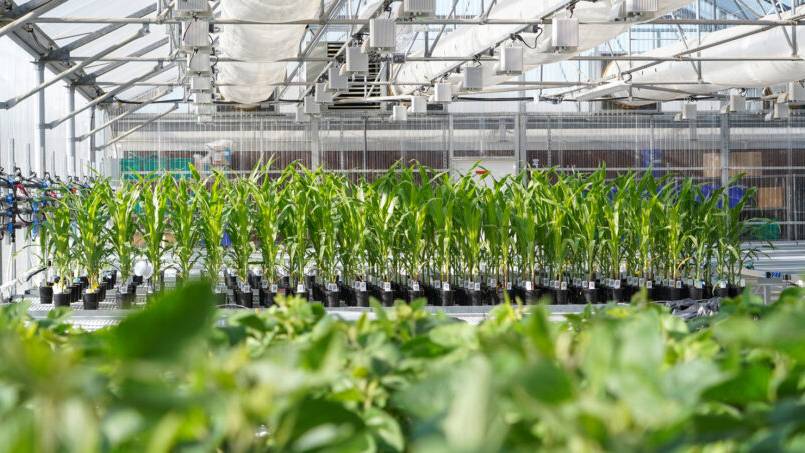Europe: Working Toward Fertilizer Harmonization
Editor’s note: This story first appeared in AgriBusiness Global’s January/February print magazine. We now also distribute the magazine digitally for added circulation and convenience. Preview the digital edition here.
A common set of Europe-wide requirements to register agriculture inputs has been on the wish list for several years.
Having a single market for the outputs (food and feed) with European Union (EU)-agreed food standards, mainly concerning residues, it would make sense to have common rules for the inputs, i.e., plant protection products, plant nutrition products, soil amendments, etc. In the past 20 years the EU has been trying to harmonize rules for market access for agriculture inputs albeit at a slower pace than most stakeholders were wishing for.
There are several reasons to explain this slow pace, among them the fact that agriculture remains a Member State matter, as do the environmental protection policies, particularly regarding chemical exposure in agriculture. While some small differences remain, the area of consumer protection and human exposure has been a more successful story, probably driven by the single market for food (and residues), which required the enforcement of equal standards in the 28 Member States of the Union. Otherwise the single market for food (output) would be unworkable.
The EC fertilizer regulation (Regulation EC No 2003/2003) has been another successful case of harmonization for the product categories covered in the regulation, mostly the “classic” fertilizers, such as N-P-Ks and micronutrients. Yet the Reg. 2003/2003 leaves out of scope the “new” fertilizers, biostimulants, and soil improvers for which no clear rules for registration are available at EU level. For all these product categories not covered by the existing fertilizers Regulation (2003/2003), the manufacturers have to navigate throughout extremely complex (and fragmented) national legislations set by different Member States. With requirements for registration spanning from a simple notification to regulatory authorities to complex and costly dossiers, approval depends on the Member State.
As a result, the products made available for European farmers depend on the complexity of the respective country regulatory system and market size. For bigger agriculture markets, the manufacturers will register new products notwithstanding the complexity and costs of the registration procedures, whereas in smaller countries the farmers are struggling to access new technologies.
Now, after years of intense debate, the Commission proposal for a new regulation for plant and soil nutrition seems close to an approval. The Commission draft Regulation COM 157, 2016/0084 (draft) is part of the Circular Economy Package of the EU Commission, after recognizing the market-access difficulties in the text’s introduction: “The proposal aims at addressing important problems currently present on the market, which were first identified in an ex-post evaluation of Regulation (EC) No 2003/2003 (‘the existing Fertilisers Regulation’) conducted in 2010. It has also been identified as one of the key legislative proposals under the Circular Economy action plan.”
Several questions remain open regarding the 43-page document (and its Annexes 1 to 5), particularly on procedures and articulation between the different Notified Bodies and the Fertilizers Committee, but it is clear that the aim is to encompass as many categories as possible under the EC Fertilizer label. (Note: The EC label allows product sales in all Member States.) The Product Function Categories (PFC) are described in detail in Annex I, which include, for example, liming materials, microbials, biostimulants, soil improvements, urease inhibitor, etc. In principle all existing plant and soil nutrition products will be covered by this single legislative act once the proposal is approved. An implementation period of two years is foreseen, after the text publication, to allow registrants to comply with the new regulation.






